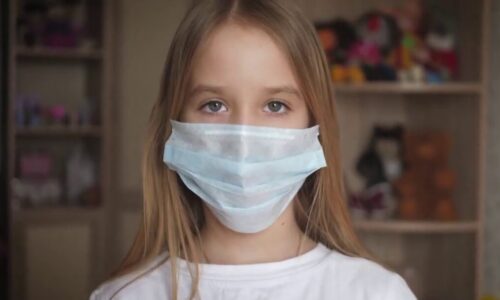Interview with Amy Kimberlain Sugar Intake for Children |
Amy Kimberlain, Registered Dietitian with Baptist Health South Florida, recommends the child to be eating with a family member at least once a day, because it has benefits such as better improvement in school, stronger family relationships, and a healthy eating.
The American Heart Association says kids age 2-18 should have less than 25 grams or 6 teaspoons of added sugars daily for a healthy heart.
Transcript
But I mean what are the benefits of having at least one family meal per week I think it’s important to even say I’m sorry yeah I mean I think it’s important what I you know when you’re talking family meals again even if one child is going off to soccer practice and moms with that child maybe they need to be eating together right you know so it doesn’t have to be full family obviously that’s the better part of it you know incorporating everybody but again it’s not letting a child to eat by himself so what do the studies show they show better improvement in school right performance in its enhanced and that’s important for kids you know a stronger family relationships are obvious um you’re talking about the day in front of you and what happened the good the bad all of it it’s a way to communicate with the kids um and find out what they’re going through but again it’s also that exposure to foods and possibly now they’re eating healthier so a lot of really great benefits from eating together as a family obviously if it’s able to be done once a day and again as I mentioned don’t think of it for not if it’s only just mom and son or mom and daughter etc you’re still making use of the time together because again when children are eating by themselves it’s social too we have to consider that you know the superintendent was talking about all these other health parameters it’s not just physical its mental it’s social it’s all of those things creating wellness in the human being now this get a little tricky there’s so many snacks to choose from and it’s so easy to grab and go with sweets vending machines one chocolate bar alone can have 25 grams of added sugar and four cookies can have 34 grams so everything seems to have sugar we can’t escape it and it all adds up really fast so how much sugar should school-aged children be having in a day it’s showing the graphic you know for looking at added sugar so I just want to clarify added sugar versus natural sugar and that’s where sometimes people get confused with fruit fruit is natural sugar and so that’s allowed and that’s not looking at this we’re we’re talking of added sugar so this would be anything like actual table sugar honey maple syrup molasses and things of that nature and there’s a lot of different names for sugar but it is just six teaspoons which translates to 24 grams of sugar added per day so what do I tell people to do really go home take a look in the pantry and start adding up how much you’re having I think sometimes people don’t realize how much that they’re taking in and you need a starting point if I know this is how much I’m taking in can I begin to lessen the amount that I have and we talked about the 5 to10 if there’s now no sugary drinks involved a lot of times now then you can focus on the food and really see where the added sugar might be and again know the starting point begins to lessen the amount any way that we can improve is important I think sometimes we just don’t realize how much we’re taking in so know how much and begin to decrease the amount you








